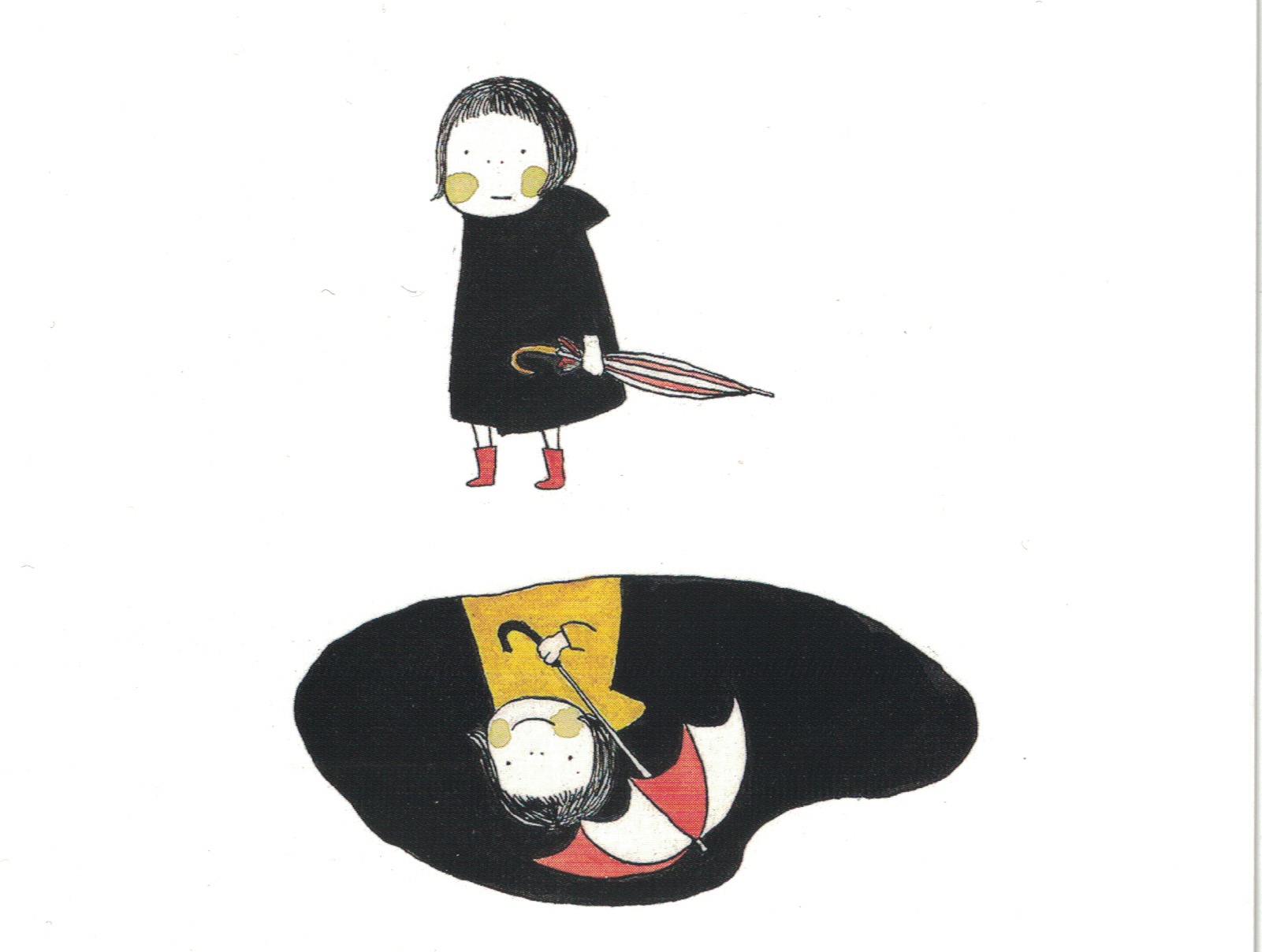和訳は英文の下にございます。/ The Japanese translation is below the English post.
HOW DO YOU SAY “AND” AS A CONJUNCTION?
Contents (1) “And” as a conjunction (2) Soshite (a more neutral conjunction for "and") (3) Sorekara (a conjunction for "after that") (4) Sorede (a conjunction for "therefore") (5) Soo suruto (a conjunction for "as a result")
(1) “And” as a conjunction
When you start a new sentence in English, you often use the conjunction “and” to show that it has connection with the preceding sentence.
We are thinking of a situation like this:
[Sentence 1.] [And, Sentence 2.]
When we would like to do the same in Japanese, this “and” is translated by several different conjunctions. Therefore, we need to choose the right word depending on the context.
Those conjunctions include:
- Soshite
- Sorekara
- Sorede
- Soo suruto
…We think these are sufficient for everyday conversation. The following is a brief guide to them.
(2) Soshite (a more neutral conjunction for “and”)
Example 1: Imooto wa Saitama ni sunde-imasu. Soshite otooto no Kazoku wa Ishikawa ni sunde-imasu. (My sister lives in Saitama. And my brother’s family lives in Ishikawa.)
We think “soshite” may be the most neutral word to begin a sentence, just lightly connecting it to the prior sentence.
You can use it for “and” “in addition”, sometimes (with a strong emphasis when you speak) “on top of everything”, and “after that”.
Note: In modern Japanese, “soshite” is often used to connect nouns, particularly before the last item of the list. This is due to the influence of English, and it puts a clear emphasis on the last item.
(3) Sorekara (a conjunction for “after that”)
Example 2: Mazu hoteru o torimashita. Sorekara hikooki o yoyaku-shimashita. (First, I made a reservation at a hotel. And then I booked a flight.)
“Sore” of the conjunction “sorekara” means “that point of time”, “kara” means “from”. Therefore, it originally means “after that”.
Today, you an use it to say “and then”, “after that”, or “in addition”.
“Soshite” and “sorekara” are sometimes exchangeable.
(4) Sorede (a conjunction for “therefore”)
Example 3: Reshipi no zairyoo niwa bataamiruku to arimashitaga, bataamiruku wa arimasen-deshita. Sorede, sawaakuriimu o tsukaimashita. (The recipe called for buttermilk but we didn’t have it. And we used sour cream.)
“Sore” means that matter or event, and “de” shows the prior word is the reason.
You can use it for “and so”, “therefore”, “because of this”, or “as a result of this”.
Particularly, if your sentence is going to show a conclusion or a result of the aforementioned, the use of “sorede” will enable the listener to understand your logic easily.
In a casual conversation, we often shorten “sorede” to “de”.
We say,
“…De?” (“…And then?”)
…to prompt the other person to continue his/her story.
(5) Soosuruto (a conjunction for “as a result”)

Example 4: Tsugi no kado o migi ni magatte kudasai. Soosuruto, mise no akai kanban ga miemasu. (Make a right at the next corner. And you will see the red sign of the restaurant.)
When you give directions or instruction, or explain a process, you generally say “Do such and such things. As a result, this happens. Then do such and such other things…”
In English, “and” can express the meaning of “as a result”. But in Japanese, “soshite” “sorekara” or “sorede” can’t mean that; we need to say “soosuruto” instead.
“Soosuruto” means “if you do so”. This is a kind of the conditional and it implies that something will inevitably happen after the given condition is met.
In addition to “soosuruto”, there are popular variations, “sooshitara” “soosureba” and they all mean the same.
[End of the English post]
Other posts on “How Do You Say ‘And’ In Japanese?”
=> Summary: How Do You Say “And” In Japanese?
=> How To Say “And” After Noun
=> How To Say “And” After Verb
=> How To Say “And” After Na-Adjective
=> How To Say “And” After I-Adjective
接続詞のANDは何と言う?
目次 (1) 接続詞の“and” (2) そして (3) それから (4) それで (5) そうすると
(1) 接続詞の“and”
英語で新しい文を言う時、よく「and」で前の文との関係を示します。
このような状況です。
[文1.] [And, 文2.]
このandを日本語で言おうとするとき、文脈によってandに当たる接続詞が違うので、正しい言葉を選ぶ必要があります。
Andに当たる接続詞は、
- そして
- それから
- それで
- そうすると
などを覚えていれば、日常会話には十分だと思います。
以下、それぞれの短い説明を加えます。
(2) そして
例1: 妹は埼玉に住んでいます。そして弟の家族は石川に住んでいます。
「そして」は、一番中立的な意味の接続詞だと思います。前の文から、話を軽くつないでいるだけです。
これを「それに加えて」の意味にも、時には「一番大切なことは」(語気を強めて)、また「その後で」の意味にも使うことができます。
注:現代の日本語では、「そして」は名詞をつなぐにもよく使われます。ことに、名詞を列挙するとき、最後の言葉の前に置きますが、これは英語の影響で、最後の言葉が強調されます。
(3) それから
例2: まずホテルを取りました。それから飛行機を予約しました。
「それ」はある時点、「から」は起点を表しますから、「それから」はもともと、「それ以後」という意味です。
今日では、「その後」「それに加えて」などの意味で使われます。
なお、「そして」と「それから」は同じ文脈で使えることがあります。
(4) それで
例3: レシピの材料にはバターミルクとありましたが、バターミルクはありませんでした。それで、サワークリームをつかいました。
「それ」はその事柄、「で」は理由を示します。
従って、「それで」は、「ですから」「このため」「この結果」などの意味で使われます。
特に、結論や前述の事柄の結果を述べる時は、「それで」を使うと言いたいことが聞き手に分かりやすくなります。
「それで」は、会話で短く「で」と言うことも多いです。
「……で?」というと、先を促すことにもなります。
(5) そうすると
例4: 次の角を右に曲がってください。そうすると、店の赤い看板が見えます。
道案内や、指示を出したり何かの過程を説明したりするとき、普通「これこれをしてください。その結果、このことが起こります。そうしたら別のこれこれをしてください……」と言います。
英語では、「その結果」という意味でandを使えますが、日本語では「そして」「それから」「それで」は使えません。「そうすると」と言わなければなりません。
「そうすると」は、条件表現の一つで、その条件が満たされたら何かが必然的に起こる、という時に使います。
「そうすると」の代わりに、「そうしたら」「そうすれば」と言うこともあります。
[和文部終わり]
「日本語でAND…は何という?」 の関連記事
=> まとめ記事:日本語でAND…は何という?
=> 名詞の後でAND…をどう言うか
=> 動詞の後でAND…をどう言うか
=> ナ形容詞の後でAND…をどう言うか
=> イ形容詞の後でAND…をどう言うか




